So, Calling is a 2009 title from developer and publisher, Hudson Soft (notable for…well, Bomberman of all things) and is what I could call a horror game – at the end of this piece I’m going to talk a bit about the ‘survival horror’ genre as well, namely how it’s useless as the main horror genre in terms of video games. Calling is a first person, torch holding exploration adventure-y style horror game. It focus’ on game mechanics and story, and is relatively combat light. Despite this being a criticism for many reviewers, in my opinion this is a good thing – not all games need to begin and end at the combat, it’s like people have forgotten there are other types of game play. Anyway…
Calling’s story involves a group of people stuck in a ghost inhabited ‘other world’ version of places they live in or near. Everyone has been drawn to a chat room called ‘The Black Page’ including the games’ (mostly) main character, Rin Kagura. Everyone is there because of rumours they’ve read or heard about ‘The Black Page’. Some brief chatting later, and cell phone after cell phone starts to ring. It fades to black and then we play. As Rin, we explore the game’s locations (a number of small houses/apartments, a school, and a hospital) finding out how she and all the other characters in the game are linked. Travelling around involves both the Wii-mote and Nun-chuck, creeping down dark corridors with our torch, and using the games’ phone mechanic. As the game’s name suggests – cell phones are heavily involved. New locations are reached in the ‘other world’ by dialling from cell phone to cell phone with numbers we find scattered about. Cell phones also receive creepy phone calls, text messages, and can record occasional hidden conversations within the world for the player to listen to.
The games main scare factor and ‘evil’ is a little girl. Which yes (I’m sure I hear everyone moan) is quite derivative. But I’ll go on. Other ghosts appear here and there at times being quite creepy (the woman in red, and the hair salon lady being quite creepy for me, I thought), as well as it being very dark, and there being a number of strange sounds and signs. And dolls – creepy, creepy dolls. While Calling’s scares are quite basic and seen in many other places, what’s important is how the game pulls it off. The graphics are what you would expect from a Wii, environments aren’t too bland but textures are not too great.
Calling does have a lot of aspects I really enjoyed. I have never primarily been a fan of shooters. Which isn’t to say I haven’t enjoyed any shooters. I really liked playing F.E.A.R., the Half Life series, and Killzone to name a few. But none of these I would call ‘just shooters’ – they have story, exploration and pacing. Which is exactly why I like Calling. As mentioned before it has little combat to speak of, focusing instead on exploration and the horror atmosphere. The game is dark and has it’s scary moments; though a high number of these are lazy jump scares. I thought the cell phone mechanic was quite interesting (while hardly perfect) and made for a good jumping off point for the story. I did enjoy the story too – Calling being at it’s core a ghost story, with some modern bits and pieces of technology thrown in. I also thought it was pretty neat that the game sent you creepy messages on your Wii’s message board like photos of characters that have died, and creepy messages from the ghost, the red lady.
Calling was certainly interesting enough for me to sit through and complete it, twice. Or complete it fully, depending on how you see it. Which leads me to the last thing I did really like about Calling, how it actually tells its story. To really see everything it has to offer, you need to play the game twice – which isn’t as time consuming as you might think. To complete the game once takes only about six hours, and the second time through you can skip some previously played sections. The first time through you play almost exclusively as Rin Kagura, with the chapters being semi-disjointed as the game slowly reveals tidbits of plot. Then you learn the basics of why what’s happening is happening, unlocking some extra episodes. Playing the game through a second time using the load option you now access extra chapters with a new character, revealing more detail about the hows and whys of the story. I thought it was a very interesting way to tell the story, though risky obviously, if disgruntled players only play through the once and sell the game.
Now onto the bad. This first lot I want to talk about are probably, mostly forgiveable. The game would occasionally be quite difficult to move forward meaning sometimes it felt like you had to re-explore and re-examine everything to figure out what to do. These instances weren’t too frequent, and honestly, many other games have similar problems as I’ve mentioned previously – it’s very hard to really be able to know if the whole of your playing audience will follow your logic. Alongside this, using the phone was a little awkward at times. Unlike Silent Hill: Shattered Memories being able to move around with the phone pulled out, and ease of use, Calling’s felt very static. But as I said, neither of these problems stopped me from finishing the game and enjoying the story.
And now the really bad. The things that are so basic in terms of design, but have such an impact that they all warranted mentioning. The voice acting, first and foremost. Both the English and the Japanese audio are available, and both have some poor voice acting. At a push I would say the Japanese sounds better. But either way the voices were poor and ruined the mood from time to time. Poor localisation. Buildings had a confused mixed of British and non-British floor numbering standards, with a floor labelled ‘1st’ floor on the map and having door numbers reading ‘201’, ‘202’, and so on. Really simple and silly stuff. Another localisation problem is the ‘phone password’ mechanic. Throughout the game you can collect passwords to enter into your phone to unlock…well, most of the extras. But all the codes are in Japanese characters – which I’m not going to spend unnecessary extra time sketching down correctly to unlock some pictures. These codes should have been in English.
I’m going to talk about some popular criticisms of Calling that I don’t really think work. Because while Calling is far, far, far, from what I would really call a ‘good’ horror game, it certainly has its redeeming features if you actually consider yourself a horror fan. In the huge and ungainly world of Internet writing there are hundreds of reviews written all the time by people who probably couldn’t care less. Which is fine sure…if you’re in my position. I write as a fun creative outlet because I really enjoy complaining about crap things and I’m just so good at it. If I was getting paid to review a game, I’m pretty sure I’d at least make a pretty passable attempt at a) finishing it, and b) doing my research.
Criticisms that really don’t work:
1: “Calling isn’t scary. It just isn’t. Sure, that creepy long-haired girl was spooky a decade ago, but come on, Japan! You’ve got to have something else up your sleeve than ghost children, right?” – IGN.
The last time I checked, actually, people were still scared of little girls, the dark, and ghosts. It’s almost as if fear is this subjective thing that’s different for different people. If you enjoyed say, F.E.A.R. (but wished it was less of a shooter…or they’d not ruined it with all the sequels) or The Ring (which, for the record – the American version is better at actually telling its plot and having more competent actors) – you’ll probably get some enjoyment out of Calling.
2: “It’s hilarious that a survival horror game that came out after Silent Hill: Shattered Memories…” – IGN. “…it borrows a page (here we go again) from Silent Hill: Shattered Memories[sic]” – AdventureGamers. The assumption is that Calling is ripping off Silent Hill: Shattered Memories. Calling was released (just) first. Even if it wasn’t, they’ve been released so close together that it’s a pretty silly point either way. And beyond that – it’s hardly a stretch of the imagination to take the biggest selling games console with its hand held motion controller and imagine using it as a torch in a horror game.
To expand on this point, I’m going to talk briefly about the derivative nature of story telling. While too big to tackle fully in a review of a Wii game, it’s still worth mentioning. There is a lot of mention of Calling ripping off or being inspired by various other named games or films. Fatal Frame, Silent Hill, The Grudge, The Ring. And on and on. That’s an unfortunately simple way of looking at it. To put it briefly – there isn’t anything in any of those films or games that hasn’t come before it in the form of stories, written or otherwise – ghost stories and old superstitious tales. It’s almost as if we like being scared a little or something! What counts is if it is done well. (To bait another huge fandom) Harry Potter is just as derivative of a lot of other fiction before it, but people enjoy it because they still think it’s good.
3: “Calling… [has] …some of the laziest, most vapid puzzles in the world.” – Destructioid. I would really actually consider this (and by this I mean puzzles in video games, horror or otherwise) to be a debatable point. Calling has only a few simple puzzles here and there hiding notes and phone numbers. And these puzzles were quite simple. However, if, like I assume a lot of reviewers are, you’re trying to compare it to say Silent Hill’s puzzles, those are hardly what I would call ‘good’ design either. Often mostly involving hunting around for a whole bunch of random items to open something, rather than just using a puzzle box mechanic. I don’t think there’s really a ‘perfect’ way of having a puzzle in a game, that’s mostly (if we’re honest) to slow down the game a bit and make extra work to do.
To wrap up (after complaining a whole lot) Calling is far from perfect. Poor voice acting will probably bother you, and the derivative story possibly will too. A little extra time and money to polish the title off could have really helped. But, I did think the game was worth playing, I enjoyed being scared a bit and I thought the story and the way it was told was interesting. If you’re willing to give something a try, and you might (just might) possibly be sick of ‘survival horror’ and all its sins – try Calling.
As an aside, I had planned on (just after the Calling review) writing about all the problems I have with the term ‘survival horror’, and mostly how it’s completely useless as the main horror genre. Two of the three mentioned reviews of Calling complained that it wasn’t much of a ‘survival horror’ game. That’s because it isn’t one. It doesn’t involve guns, ammo or resource management. It’s almost as if ‘Horror’ is a better main genre, fear being determined by something other than having to shoot waves of monsters ad infinitum – but I shall be writing a separate article talking about that. For now, Ciao.
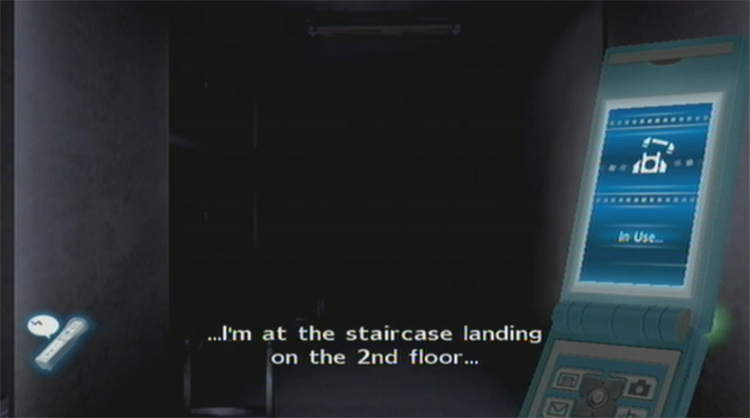
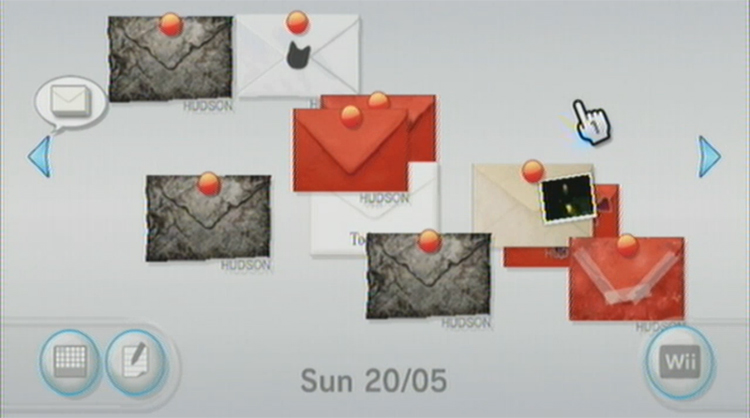
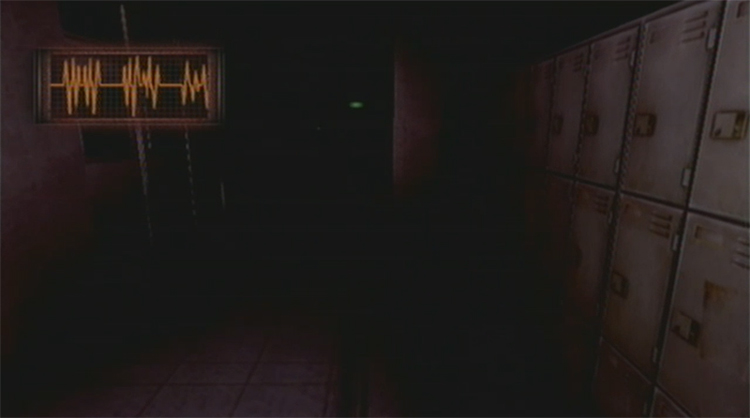
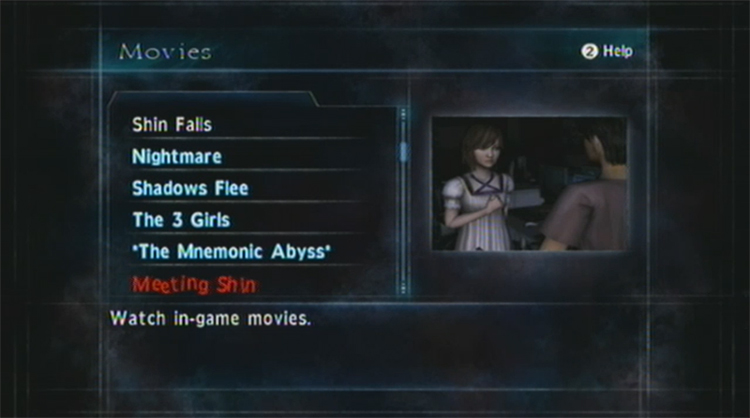
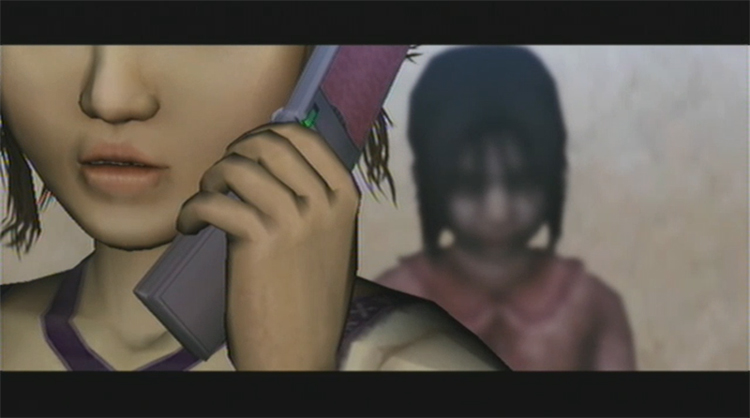
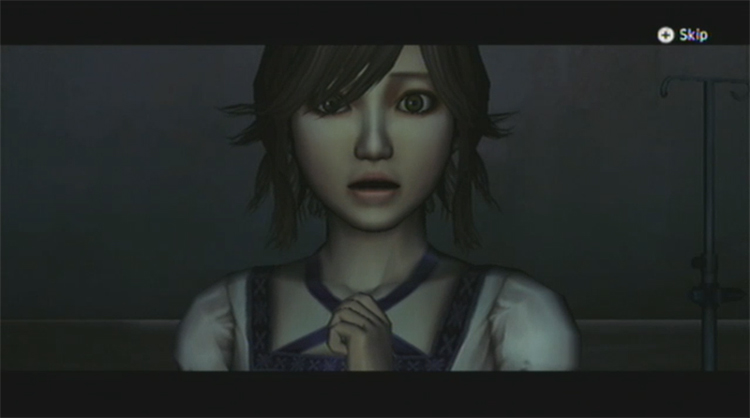
Pingback: A critique of current horror games | Studious Octopus
Pingback: Year’s End 2012 | Peter Reviews